MINI presents shared living spaces as a solution to the affordable housing crisis in cities
Milan 2016: car brand MINI has developed a concept for shared urban living and is "seriously exploring" how it can apply its brand values to help solve the housing shortage (+ slideshow).
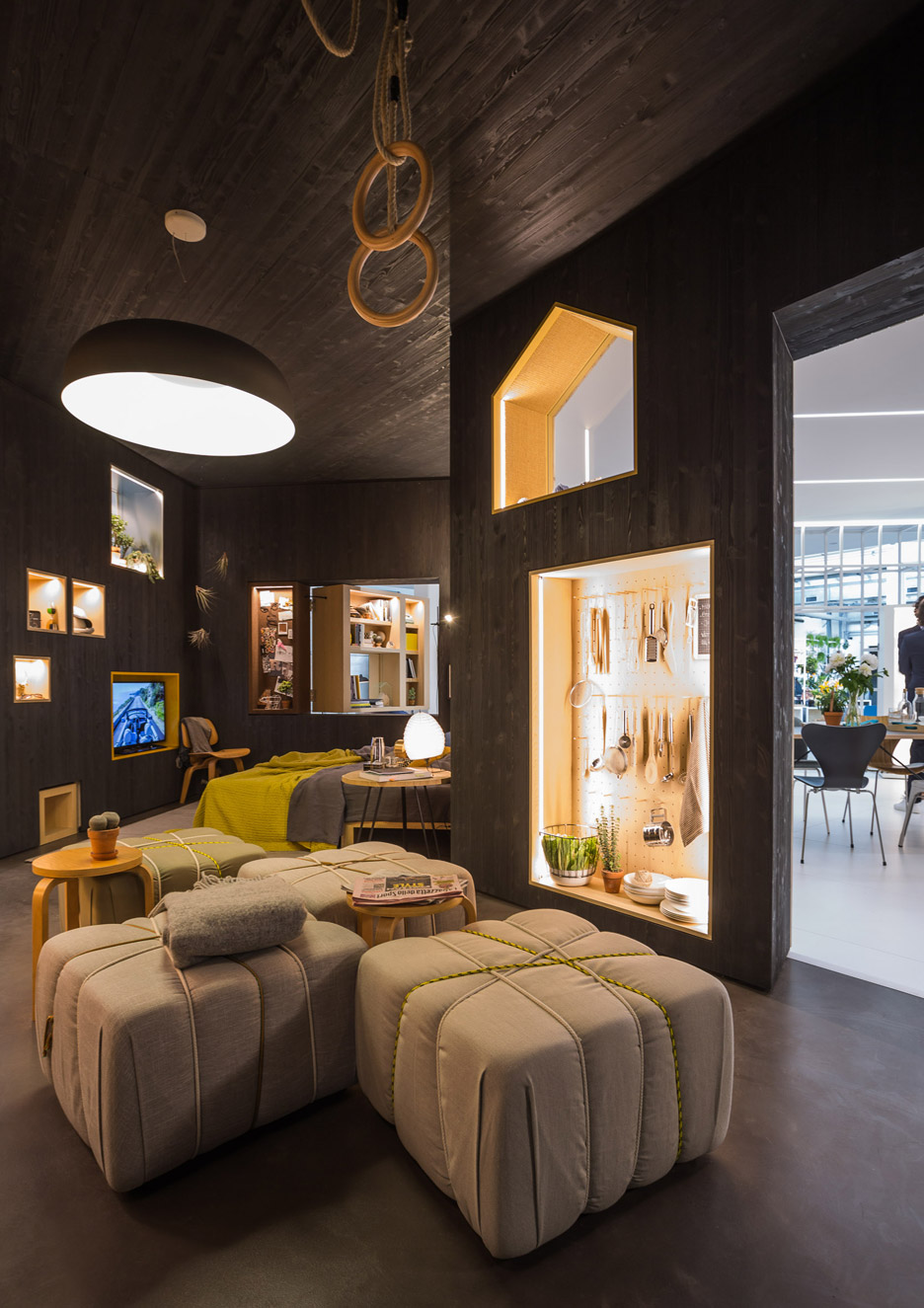
The MINI Living installation in Milan includes a 30-square-metre apartment that could form part of a "micro-neighbourhood" of living spaces, with shared facilities within a larger residential building.
"This is a concept but we're very seriously exploring urban living and the effects of it," said Esther Bahne, head of brand strategy and business innovation at MINI.
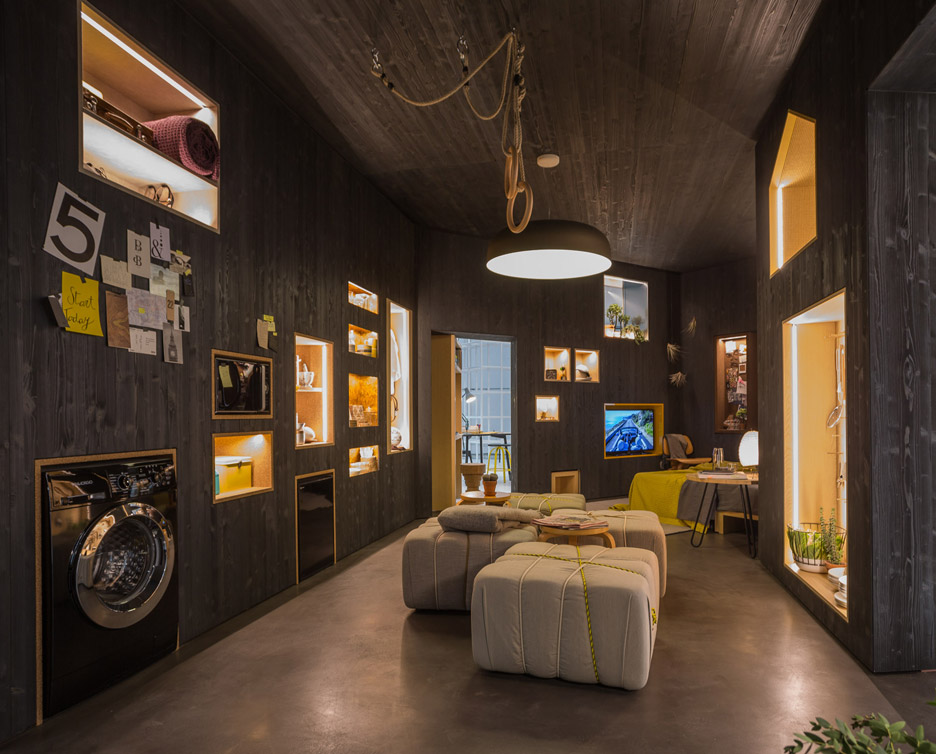
"We live in Munich and living is a big problem, and we think with our design competence and our really creative thinking we can contribute to that."
Designed by Japanese architects from ON design, the wood-clad apartment features fold-out shelving modules that act as walls.
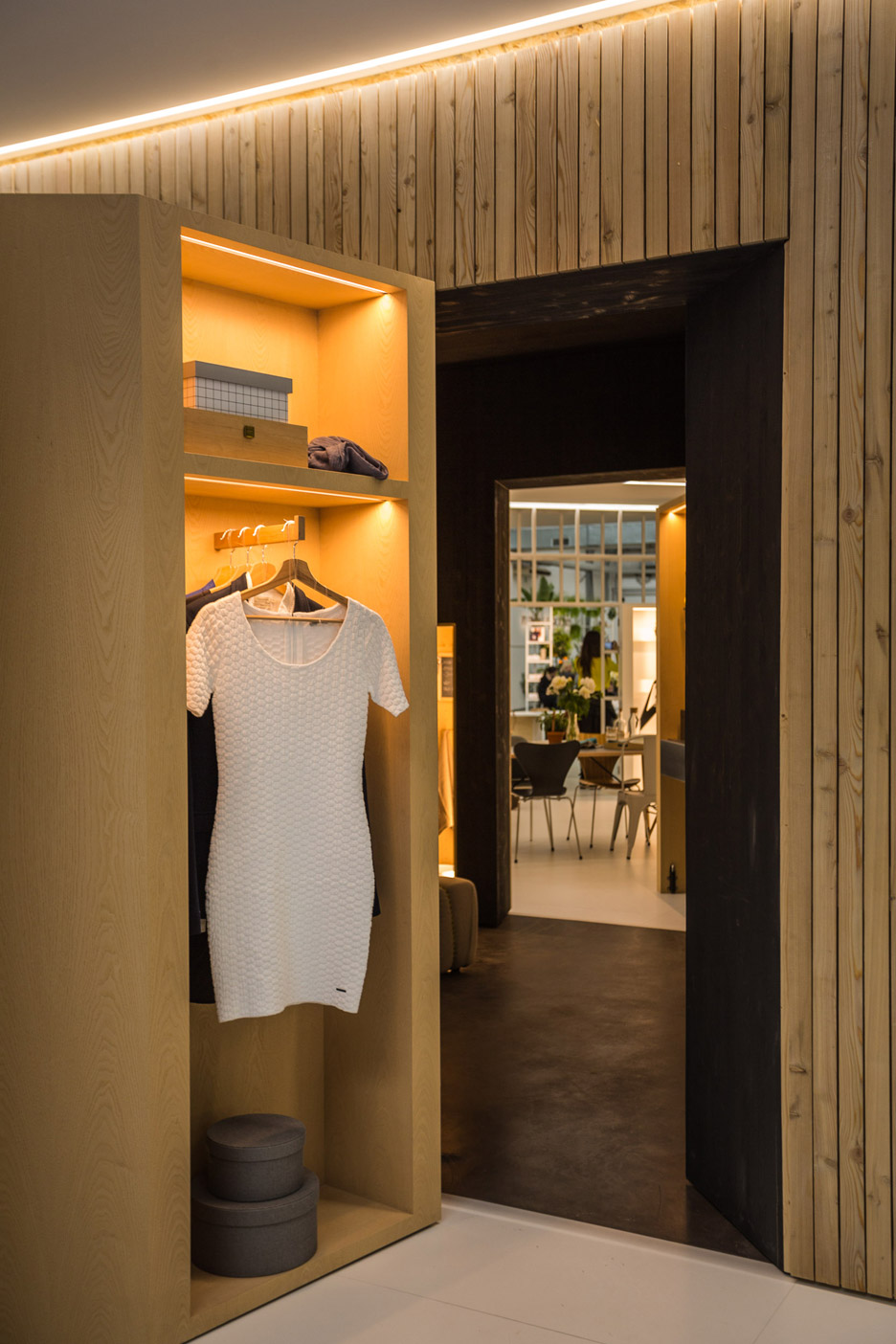
Amenities such as a kitchenette, workbench and music system are incorporated into these modules. When occupants want to be social, they can open them outwards and share their built-in facilities with other residents.
If the resident wants some privacy, the adaptable walls engineered by Arup can be shut to create a closed space again.
Shared living – or co-living – solutions are suddenly a hot topic as the shortage of affordable high-quality housing in cities forces people to explore alternatives to property ownership or traditional flat shares.
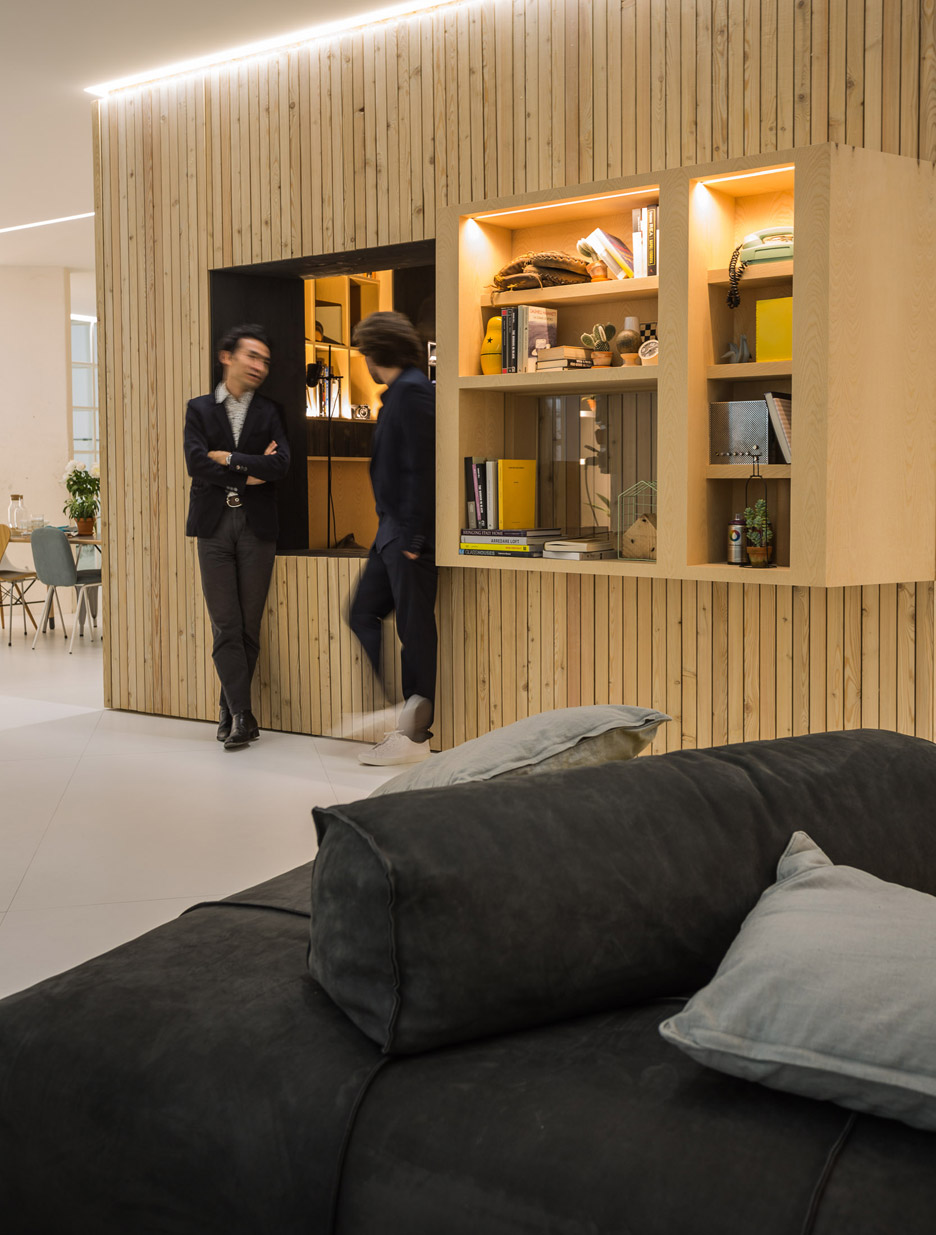
Bahne said that MINI's project was driven by research into its customers, who identified housing as a key concern.
"The MINI is a very urban car, and customers kind of want us to come up with products and services that fit into their lives, and mobility is only one aspect of that life," she told Dezeen.
"One of the highest priorities to people today is finding an attractive and affordable apartment, and we realised that we solved issues in mobility by focusing on design and mainly by coming up with solutions that are creative use of space solutions."
She added that the brand was looking beyond the automotive field to see how it could help its customers in other aspects of their lives.
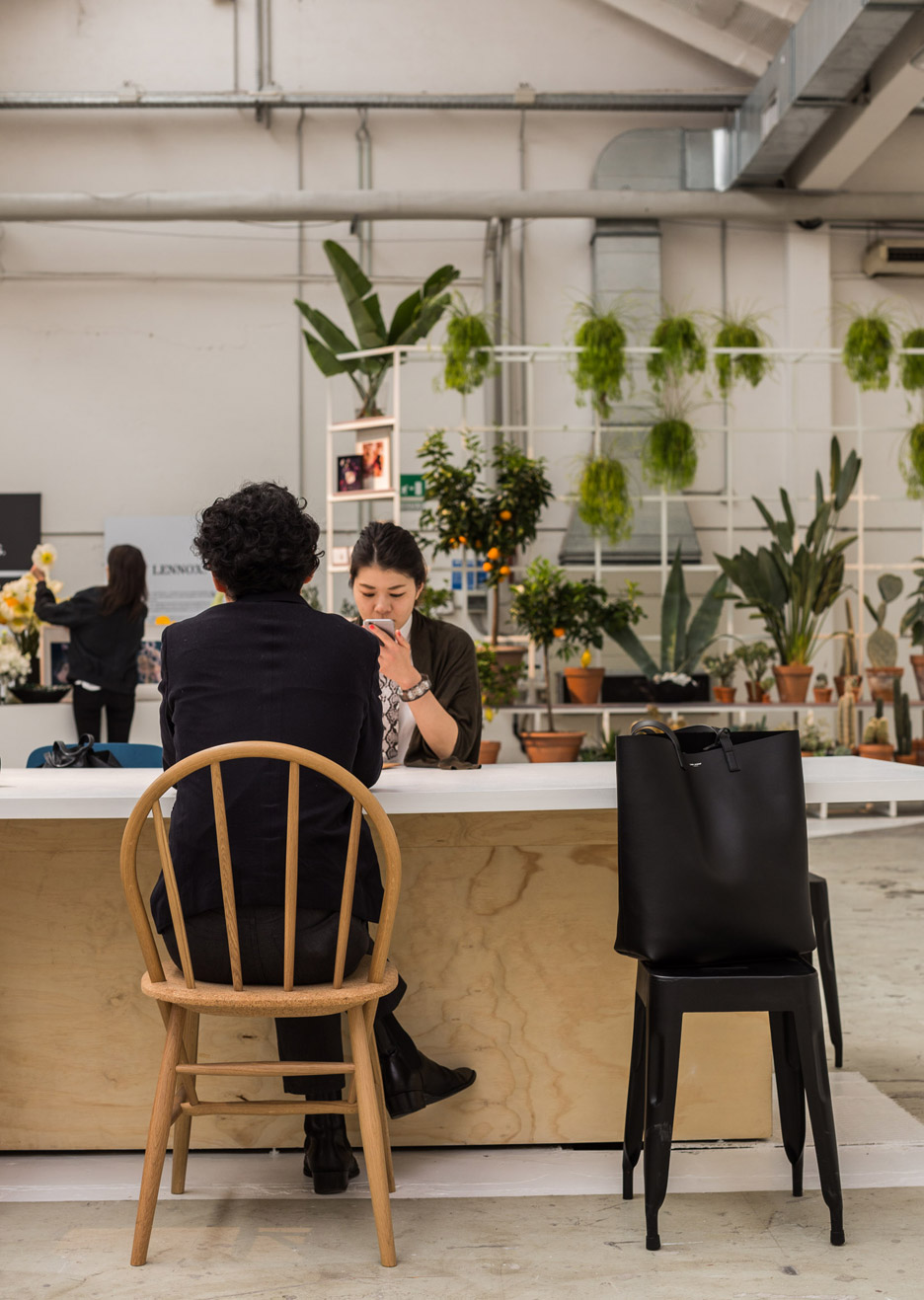
"The core competency of MINI is design," she added. "MINI is a design brand so first of all we are applying this to other fields of living. It's what we did with the car in 1959 [when the first MINI launched] with creative use of space, finding a way of getting everything on a small footprint but still offering a great experience."
The MINI Living installation is located at 18 Via Vigevano, which last year hosted Ikea's Temporary kitchen concepts, and will be open to visitors until 17 April 2016.
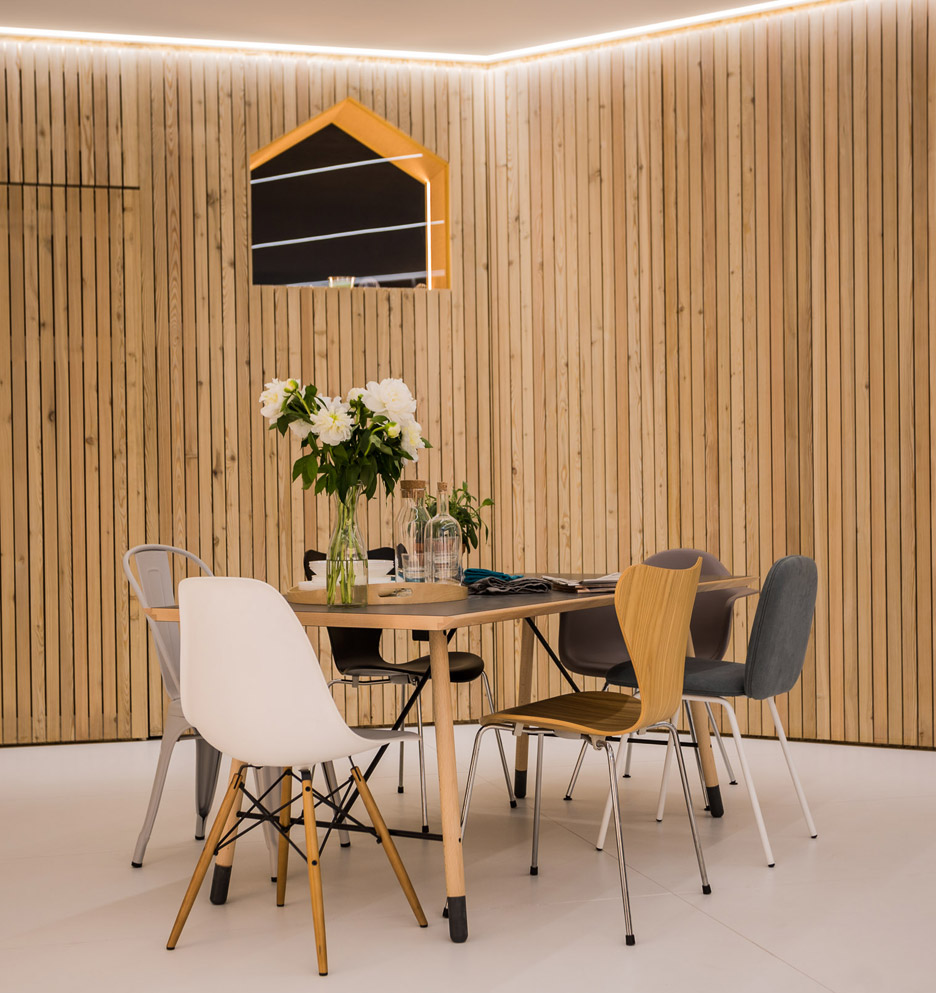
"Given the current trend for urbanisation and densification, housing becomes one of the primary tasks of architecture and urban planning," said MINI Living project manager Oke Hauser. "In the city, more and more people have to share space, which is increasingly scarce and finite."
"If you live on a small footprint, you can still get the maximum of experience by sharing everything that you have in your private space with your neighbours," he added.
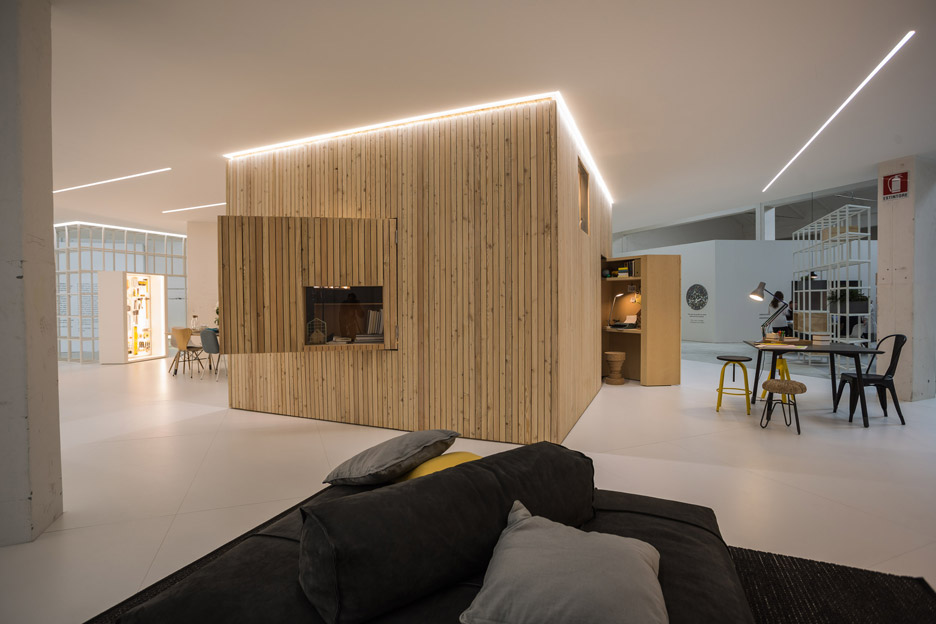
MINI, which is a subsidiary of German manufacturer BMW, has been exploring the future of mobility and urban living through a series of projects over the last few years, including its collaboration with Dezeen called MINI Frontiers.
Among the designs featured in this series was a synthetic biological leaf that could help humans colonise space, the world's "first solar-powered family car", and a fleet of drones that could build entire urban landscapes.
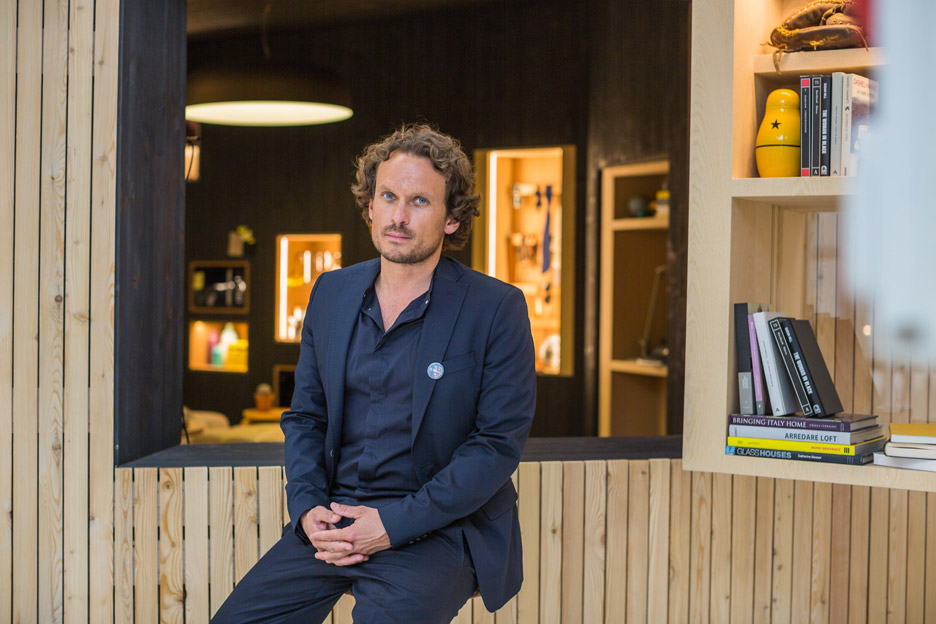
Last year at Milan design week, MINI enlisted the help of Spanish designer Jaime Hayón to create a mobility-themed installation called Urban Perspectives.
Read Dezeen's guide to the top 10 unmissable exhibitions and installations at Milan 2016 »